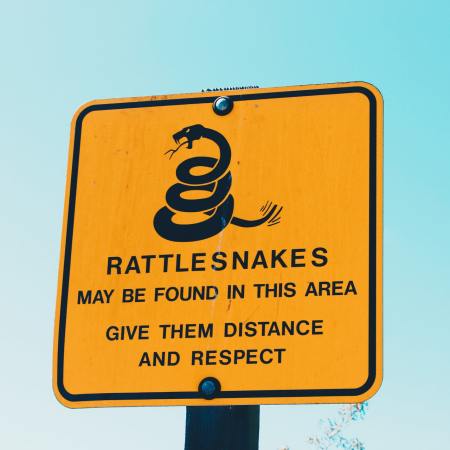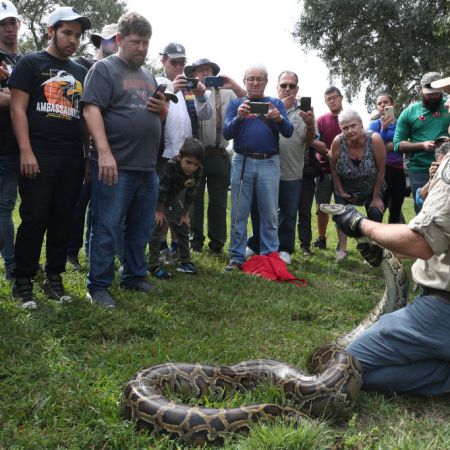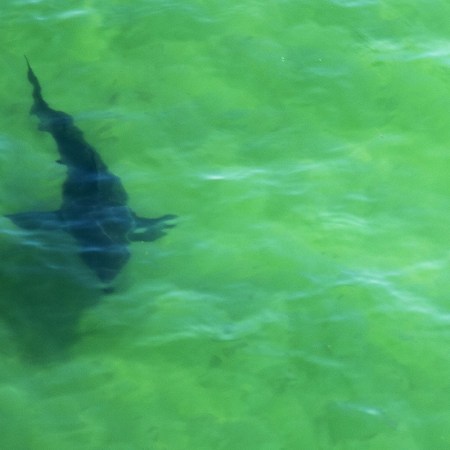Most plants and animals have a specific climate in which they’ve adapted to life. That’s why you don’t see fennec foxes frolicking in the woods of Manitoba or polar bears swimming through the waters off the coast of Aruba, to cite two examples. At least, that kind of thing hasn’t been the case until now. Climate change has been transforming different species’ longtime habitats, which has led to shark-human encounters where such things haven’t taken place before and the bizarre phenomenon of zombie forests.
And now, snakes are getting in on the action — and humans are at risk. That’s the big takeaway from a paper recently published in The Lancet Planetary Health. The study’s authors predict that climate change will result in “profound effects on the distribution of venomous snake species” and “changes in patterns of envenomation of humans and domestic animals.”
In other words, snakes may change their habitats and find themselves in places where they’ll bite humans and animals that they have not historically attacked.
The study’s authors studied the habitats of 209 snake species, and used climate data to predict the countries that would be most at-risk by 2070. Among their findings? That China, Myanmar, Namibia, Nepal and Niger could see an influx of new species — and that the residents of Bangladesh, India, Kenya, Thailand and Uganda could see an increase in snakebites.
Writing at The Guardian, Neelima Vallangi explored the scientists’ findings. “Our research shows that when venomous snakes start showing up in new places, it’s a wake-up call for us to start thinking about how we can keep ourselves and our environment safe,” the authors of the study told Vallangi.
Everything You Need to Know About Cooking and Eating Rattlesnakes
Watch chefs compete at the Rattle Battle in Fort Worth — or learn to cook your own rattler with these tips from Tim LoveThe study also suggested that certain snake species would see their habitats increase by 2070. According to The Guardian‘s analysis, the West African gaboon viper, the European asp and the horned viper could all see their habitats at least double by 2070. A wise man once asked why it had to be snakes; in the next half-century, a lot more people could be asking the same question.
This article was featured in the InsideHook newsletter. Sign up now.



















